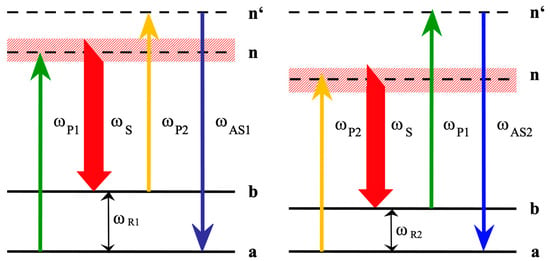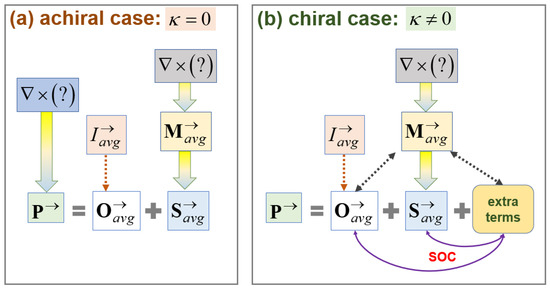Feature Paper Collection of Emerging Trends on Optics
A topical collection in Optics (ISSN 2673-3269).
Submission Status: Closed | Viewed by 7230Editors
Interests: integrated optics; plasmonics; optical antennas; nonlinear optics; microwaves; energy harvesting; photonics; telecommunications
Special Issues, Collections and Topics in MDPI journals
Interests: development and application of new laser diagnostic techniques as measurement tools for reacting flows (Mie, Rayleigh, Raman, CARS)
Special Issues, Collections and Topics in MDPI journals
Topical Collection Information
Dear Colleagues,
Optical sensors and systems of sensors have found their way into all areas of science and applied research. It is quite obvious that everything we see or sense is subject to errors, e.g., in the form of systematic observation and measuring errors or in the form of stochastic observation noise. A sensed measurement is only an observation of “something” behind, which generates this observation, where the truth of this “something” is largely disguised—sometimes by technical limitations (such as bandwidth, noise, or signal to noise ratio) and sometimes even by limited powers of cognition, extracting, or interpreting the inherent information in sensed data. Nevertheless, the number of technically deployed optical sensors, as well as the potential of optical sensor systems, is growing continuously. Significant advances in optical metrology have been fueled by the development of new, innovative techniques, devices, and applications in a wide range of scientific fields. This featured paper collection will cover these advancements in the fields of optical sensing, sensor signal and information processing, as well as high-level information extraction/learning from optically sensed data in the following areas:
- Design of optical systems and sensors.
- Development of instrumentation.
- Optical metrology.
- Smart sensing by using optical sensors.
- 2D/3D high-speed imaging.
- Multiparameter measurements
Prof. Dr. Costantino De Angelis
Prof. Dr. Thomas Seeger
Collection Editors
Manuscript Submission Information
Manuscripts should be submitted online at www.mdpi.com by registering and logging in to this website. Once you are registered, click here to go to the submission form. Manuscripts can be submitted until the deadline. All submissions that pass pre-check are peer-reviewed. Accepted papers will be published continuously in the journal (as soon as accepted) and will be listed together on the collection website. Research articles, review articles as well as short communications are invited. For planned papers, a title and short abstract (about 100 words) can be sent to the Editorial Office for announcement on this website.
Submitted manuscripts should not have been published previously, nor be under consideration for publication elsewhere (except conference proceedings papers). All manuscripts are thoroughly refereed through a single-blind peer-review process. A guide for authors and other relevant information for submission of manuscripts is available on the Instructions for Authors page. Optics is an international peer-reviewed open access quarterly journal published by MDPI.
Please visit the Instructions for Authors page before submitting a manuscript. The Article Processing Charge (APC) for publication in this open access journal is 1200 CHF (Swiss Francs). Submitted papers should be well formatted and use good English. Authors may use MDPI's English editing service prior to publication or during author revisions.
Keywords
- optical sensor systems
- optical sensors
- optical metrology
- smart sensing
- high-speed imaging
- information processing and extraction








